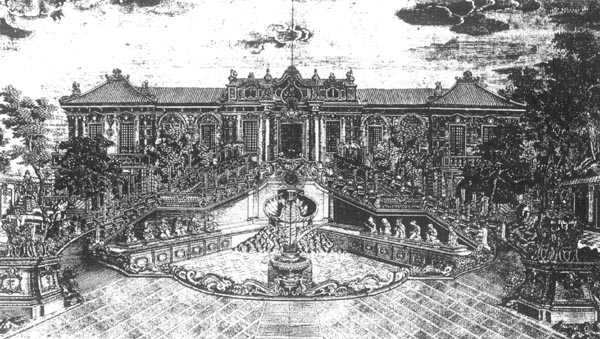
Birth of the Artist and Architect Giuseppe Castiglione on 19 July, 1688
It was on this day 331 years ago that the Italian missionary, painter, composer, and architect Giuseppe Castiglione was born in Milan. He showed artistic promise in childhood and was given training in painting and music. Aged 19, he joined the Society of Jesus as a lay brother. Soon after, he set off to join the Jesuit missions in China, where artists had been requested.
Arriving in Beijing in 1715, Castiglione served the Kangxi (r. 1661-1722), Yongzheng (r. 1722-1735), and Qianlong (r. 1735-1796) emperors as a court artist for the rest of his life. He never saw his native Italy again.
Melding European painting techniques, such as perspective, with Chinese linear techniques, Castiglione pioneered a new, hybrid school of painting. In addition, he also designed a complex of Baroque-styled buildings and gardens for the Qianlong Emperor in one of the old Summer Palace gardens. He was assisted in this work by other Jesuits skilled in engineering and the arts. The Grand Trianon is said to have been one of the inspirations for the complex, which was named Xiyang Lou in Chinese. Sadly, little remains of the complex, which was burned by the invading Anglo-French forces in 1860 during the Second Opium War.
Castiglione, whose Chinese name was Láng Shìníng (郎世寧), died in Beijing in 1766. The Qianlong Emperor personally wrote his favourite artist’s obituary and commissioned his gravestone.
Much has been written about the vogue for Chinoiserie in the 18th century European courts, but the full story of the European vogue at the contemporary Chinese court remains to be told.
Further reading: https://en.wikipedia.org/wiki/Giuseppe_Castiglione_(Jesuit_painter)
Image: The Haiyantang pavilion designed by Castiglione for the Changchun Garden of the old Summer Palace in Beijing,1750s.















Leave a Comment